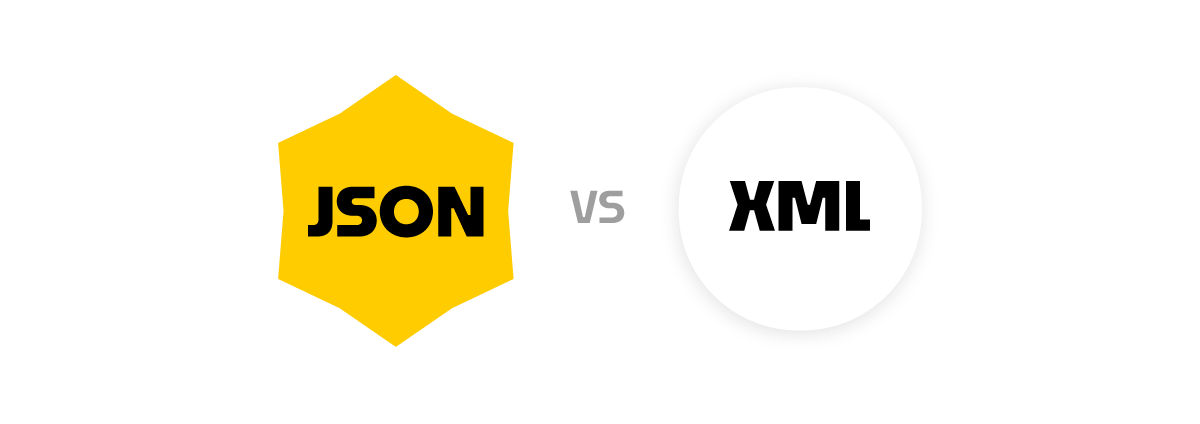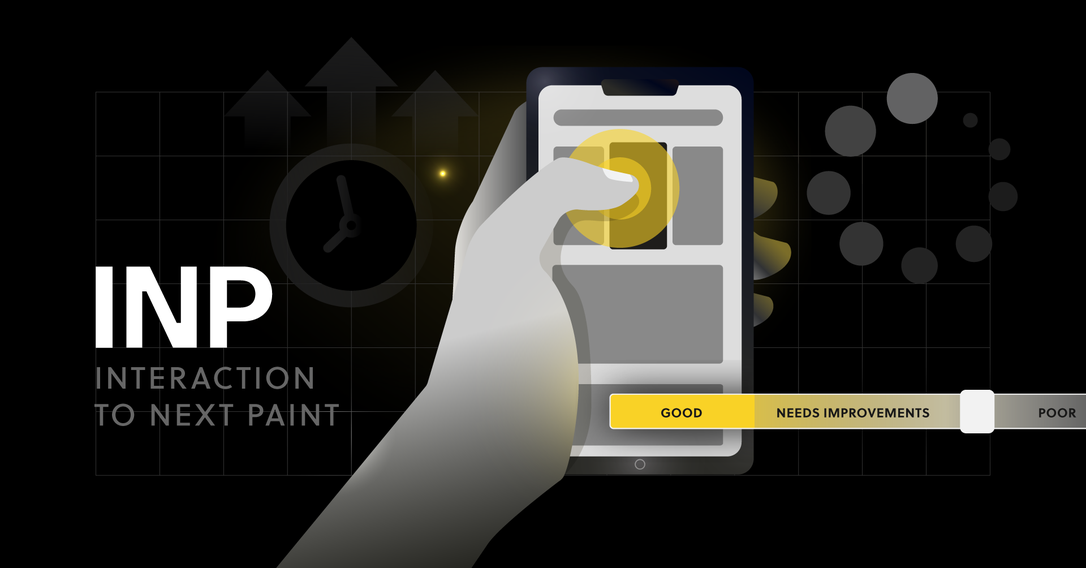4 min
September 15, 2025
When JSON Isn't Enough: When to Consider XML? Practical Tips for API Developers.
A bank transfer, a chat message, an order status in a store—these simple actions wouldn't be possible without data traveling between servers in a fraction of a second. Behind the scenes of this digital conversation, formats dictate the rules of the game. Many of them have fought for dominance, and today, JSON is the most common format in modern applications. However, this doesn't diminish the role of XML, which is still invaluable in many complex environments. Understanding when and why each of them is the best choice is key to making informed architectural decisions.
In this article, we'll take a look at both formats, comparing their strengths in practice to help you choose the right tool for a specific task.

Listen to the audio version of this article.
Anatomy of formats: A closer look
Let's start with a simple example to see how both formats store the same information. Imagine we want to save data about a single product from an e-commerce store.
In XML, it could look like this:
<product id="1234">
<name>Lampa biurkowa LED</name>
<category>Oświetlenie</category>
<price currency="PLN">149.99</price>
<in_stock>true</in_stock>
<tags>
<tag>smart</tag>
<tag>home</tag>
</tags>
</product>
In JSON, however, the same set of data would look like this:
{
"id": "1234",
"name": "Lampa biurkowa LED",
"category": "Oświetlenie",
"price": {
"currency": "PLN",
"value": 149.99
},
"in_stock": true,
"tags": [
"smart",
"home"
]
}
Right from the start, you can see that JSON is more concise, while XML, thanks to its use of tags, offers a more extensive structure. This difference in approach translates into their distinct applications in the world of developers.
JSON: perfect for web and mobile applications
Lightweight and fast: As you can see from the example, JSON code is much more concise. This means a smaller size for the data being transferred, and consequently, a faster transfer between the server and the client. This is crucial in mobile applications, where every kilobyte and half-second counts.
Human readability: JSON's concise structure, based on readable key-value pairs and square and curly brackets, is intuitive. Developers can quickly understand the data without having to look at the documentation.
Simpler parsing: JSON is based on JavaScript syntax, which makes its processing in that language exceptionally simple and natural. As a result, the process of parsing and generating data is efficient and doesn't require complicated libraries, which significantly speeds up the work of developers regardless of the technology used.
These advantages have made JSON the de facto standard for REST APIs, and it is widely used in modern web and mobile applications.
XML: indispensable in complex systems
Despite JSON's dominance, XML has certainly not been forgotten. It may seem that it has lost a lot of popularity, but there's no shortage of applications and use cases where XML still enjoys unwavering trust. It has its niches where its "verboseness" is actually an advantage.
Strict data validation: XML was designed for validation from the very beginning. Thanks to schemas (like XSD), you can precisely define what data can be in the file, what type it is, and in what order. This is extremely important in industries where even the smallest error can have serious consequences, for example, in banking, medicine, or aviation.
Older systems and protocols: Many older but still-functioning business systems (e.g., based on the SOAP protocol) still communicate using XML. Its stability and reliability have meant there is no reason to change them.
Markup languages: XML is a highly universal markup language, which makes it flexible in creating custom formats.
Practical conclusions for your business
The decision about which data format to choose should not be dictated by trends, but rather by the specifics of the project.
Why JSON?
If you're building a modern web or mobile application, or a REST API that needs to be fast, flexible, and easy for other developers to use, JSON is the right choice. It's the best option when you prioritize simplicity and performance.
Why pick XML?
In cases where you're working in an industry with very high requirements for data structure and integrity, or you need to integrate with older systems that rely on this format, XML will be a better solution.
To sum up
Remember, though, that in the world of APIs, there's no single, universally best answer. To choose the best tool for a given project, the key is to understand the specifics of the tasks and their associated challenges. Armed with this knowledge, developers can ultimately make the right decision that determines the success of the undertaking.
If you need help choosing the ideal technological solutions for your business, contact us and together we'll create a strategy that will accelerate your company's growth. Click the black button below that says "Ask for a quote"!




